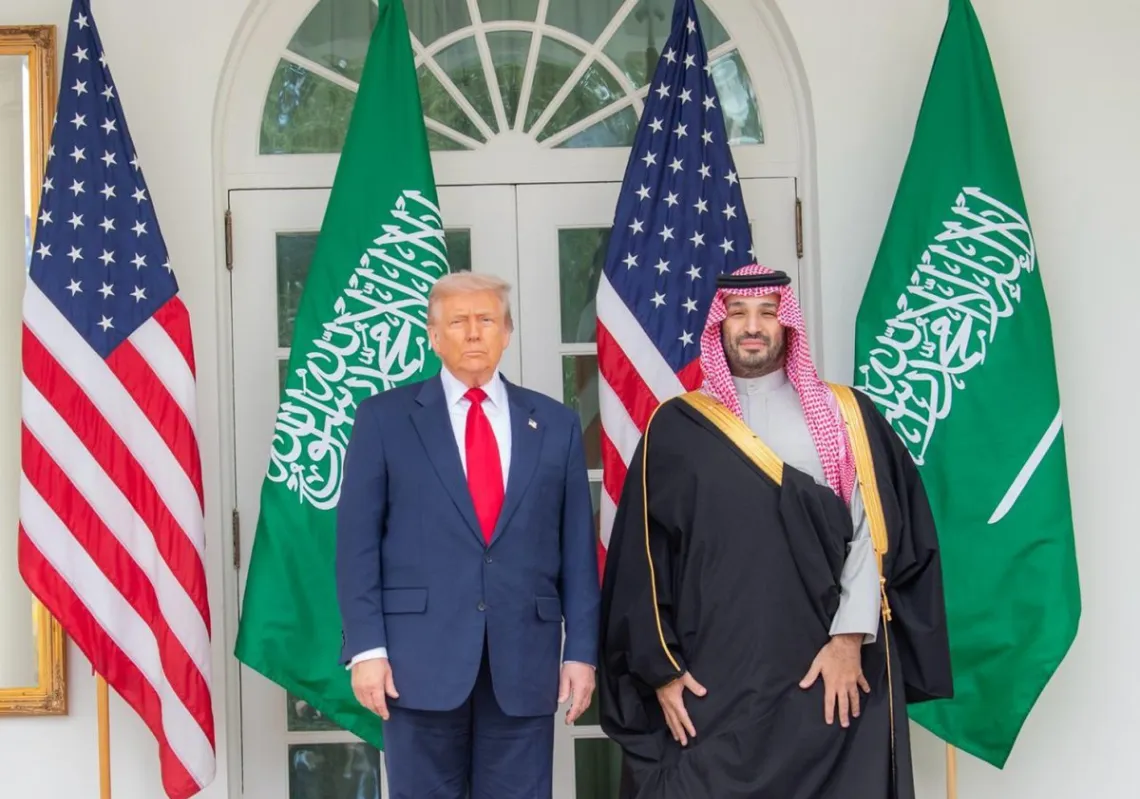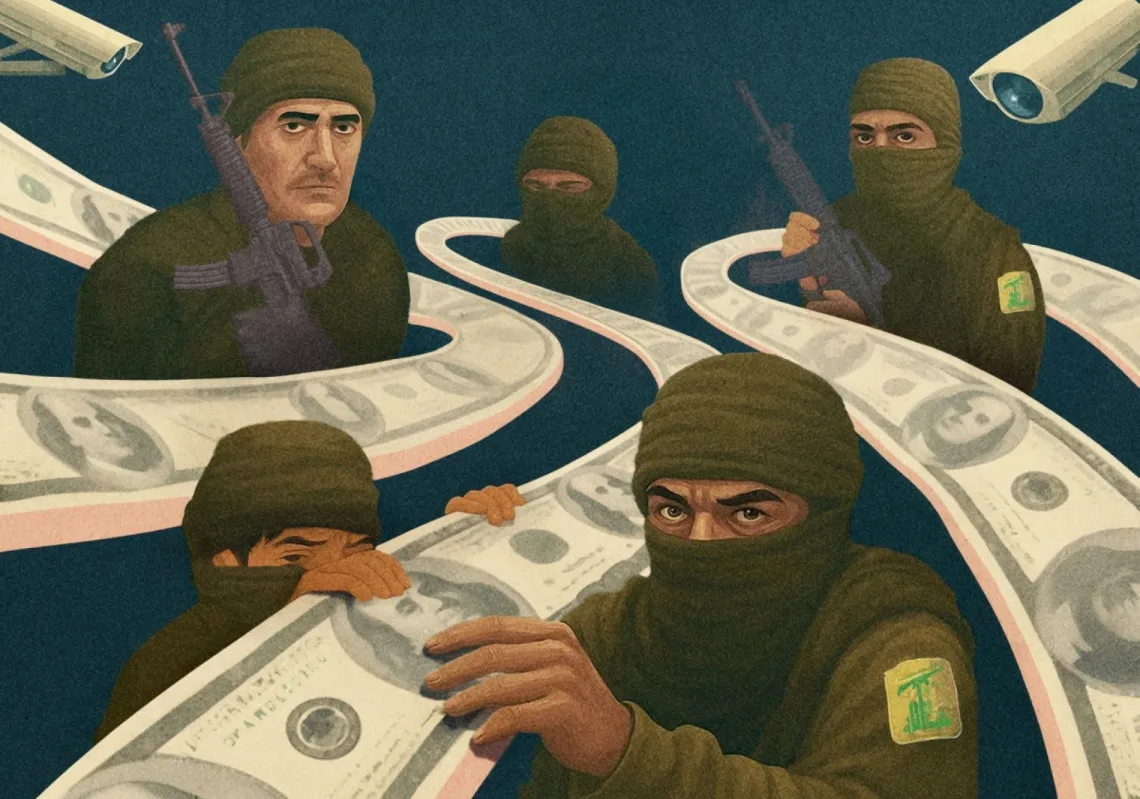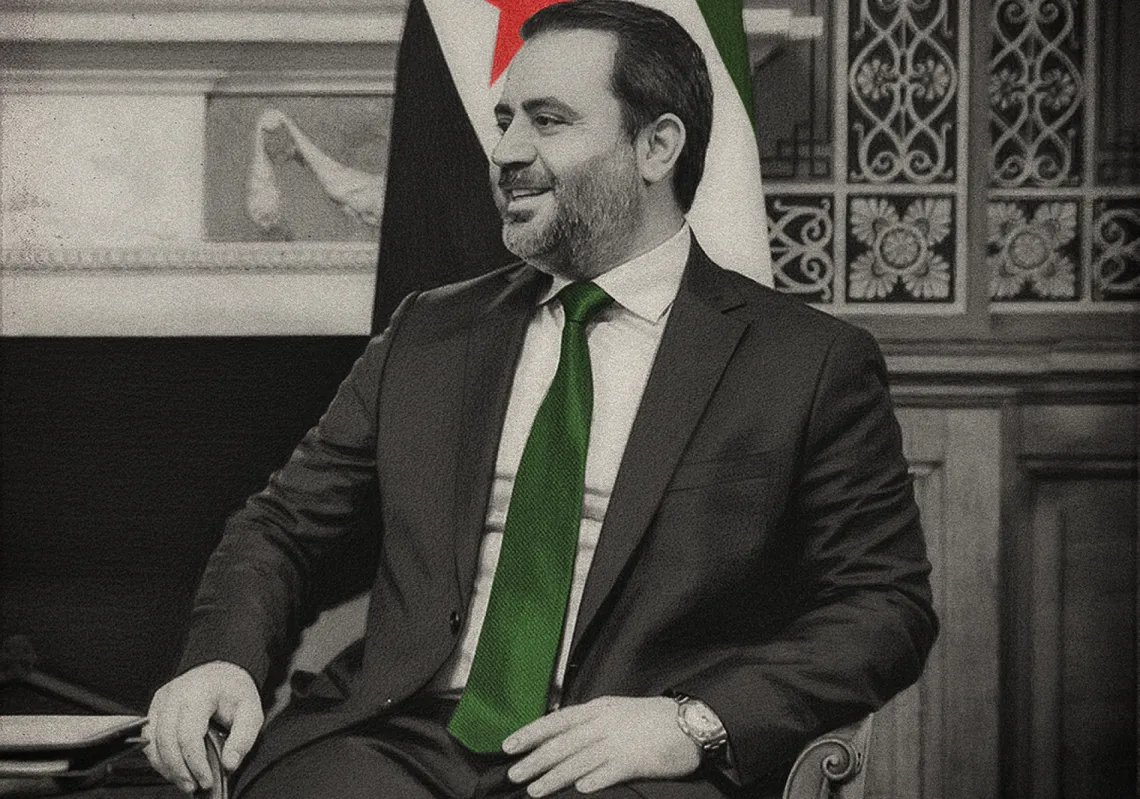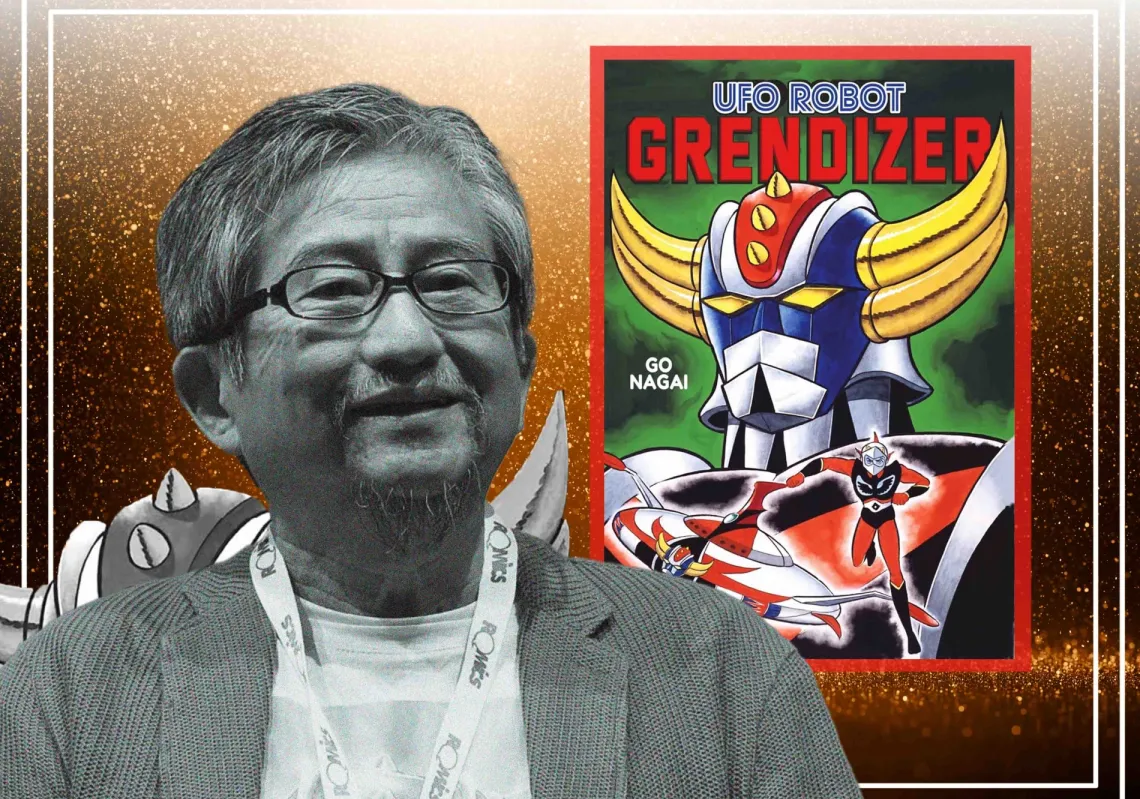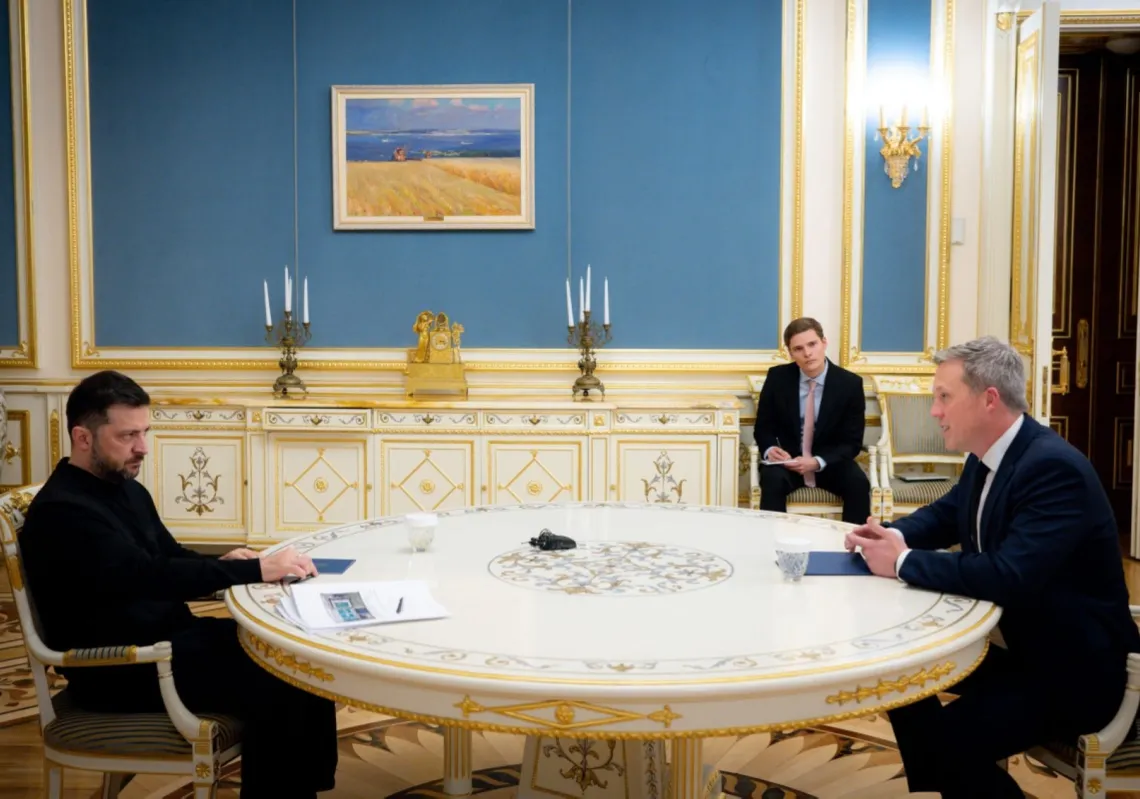The reaction in Kiev reflected the perceived broader significance of the incident. The immediate issue at stake was access to Ukraine’s Sea of Azov coastline, home to some of the country’s most economically important ports. Ukrainian officials also saw the naval attack as a deliberate escalation in the conflict and a potential precursor to a full-scale land offensive, coming as it did amid reports of a significant buildup of Russian army units along the Ukrainian border. The country’s National Security and Defense Council was duly convened and called for the imposition of martial law. A watered-down version of this proposal was then confirmed by parliamentary vote, allowing for martial law in ten border regions for a 30-day period. Ukraine has since barred most military-age Russian males from entering the country while martial law is in place.
Inevitably, this interpretation of events has been vocally contested by Russia. Moscow has labeled the Black Sea clashes as a reckless provocation staged by Ukrainian President Petro Poroshenko in order to improve his chances of reelection in a spring 2019 vote that he is widely expected to lose. According to the Kremlin narrative, Poroshenko hopes to boost his flagging approval rating by playing up the Russian threat as a distraction from his domestic shortcomings.
Moscow’s explanation conveniently ignores months of hostile Russian actions in the Sea of Azov zone preceding the November 25 incident. Ever since the early 2018 completion of a much-trumpeted Russian bridge across the Kerch Strait connecting occupied Crimea with the Russian mainland, Ukraine’s Sea of Azov ports have experienced mounting difficulties. The bridge itself is too low to accommodate around 30 percent of the shipping that previously plied the Azov Sea route to Ukraine’s ports, while Russian officials have regularly restricted remaining maritime traffic, either by closing the bottleneck Kerch Strait or intercepting and delaying merchant shipping in the Sea of Azov itself.
The resultant semi-blockade conditions have imposed significant costs on the Ukrainian economy while also expanding the erosion of Ukrainian sovereignty beyond Crimea into the surrounding waters. If unchecked, Russian control of the Sea of Azov would set the stage for the nightmare scenario of amphibious landings to seize an overland corridor along the Ukrainian coastline connecting Russia with Crimea. Few in Kiev regard it as coincidental that Russian military exercises have recently included a significantly enhanced emphasis on amphibious operations.
THE WEST’S WEAK RESPONSE
Prior to the late November Black Sea escalation, Ukraine had responded to the slow strangulation of its Sea of Azov ports by boosting its naval presence in the area and beginning construction of a new naval base. With this in mind, a small Ukrainian naval flotilla passed through the Kerch Strait in September and reached the country’s southeastern coastline safely. This was also the stated objective of the ships seized in November, making the Kremlin’s provocation claims difficult to square with the chronology of rising Azov Sea tensions. As many commentators have wryly observed, Ukraine’s attempt to pass through the Kerch Strait on November 25 was only a “provocation” if the country’s entire presence in the region can itself be deemed provocative.
Far more concerning from Kiev’s point of view is the lack of a robust international reaction to Russia’s naval attack. Western leaders such as European Council President Donald Tusk initially led a chorus of official condemnation, but their statements have yet to lead to the kind of increased costs that might make the Kremlin sit up and take notice. On the contrary, the effect has been to highlight the toothlessness of the entire Western response to Russia’s hybrid war in Ukraine.
The West’s failure to adequately counter Russia’s naval escalation makes it clearer than ever that Ukraine desperately needs stronger diplomatic support in its unequal struggle against the Kremlin. Poroshenko certainly appears to recognize this. He is now calling on NATO member states to increase their presence in the Black Sea and has even invited them to visit the Sea of Azov port city of Mariupol, a move that would involve NATO warships putting Russian resolve to the test by passing directly through the contested Kerch Strait.
Given the West’s demonstrable lack of appetite for any form of military confrontation with Russia, Poroshenko’s proposals seem somewhat fanciful and primarily serve to underline Ukraine’s lack of better options. Nevertheless, appeals to international law and Western solidarity are the only cards the Ukrainian leader has left to play in his struggle to prevent the Sea of Azov from becoming a Russian lake. Without forceful international intervention of one kind or another, Kiev has no way of forcing Moscow to relax its stranglehold on the Kerch Strait or abide by its treaty obligations to share the Azov Sea with Ukraine. At present, this intervention looks unlikely. German Chancellor Angela Merkel has already effectively deprioritized the issue by agreeing to discuss it within the framework of the so-called Normandy Format of Germany, France, Russia, and Ukraine, a platform that has achieved nothing of note since its inception in summer 2014.
Mobilizing the international community toward greater engagement will remain one of Poroshenko’s top priorities over the coming months. There is clearly much work to do. Media coverage of the recent naval confrontation has illustrated the enduring influence of Kremlin narratives on international understanding of events in Ukraine, while also emphasizing Ukraine’s own communications failures since 2014. Despite almost five years of relentless Russian aggression, much of the reporting surrounding the conflict remains stuck in the realm of “he said, she said” equivalence, leading to a degree of ambiguity that obscures Ukraine’s victim status. This will have to change if Kiev is to secure the support it desperately needs. Above all, Poroshenko must counter attempts to portray the Russian-Ukrainian conflict as part of alleged Western efforts to encircle Russia. He must forcefully remind potential Putin appeasers that Russia is being deserted, not surrounded. This is a recurring problem when dealing with the post-Soviet world, where the natural inclination of former Kremlin vassal states to seek the protective embrace of the Euro-Atlantic community has regularly been misconstrued as Western imperial expansionism. All too often since 2014, Ukraine’s own compelling struggle for independence has been drowned out by geopolitical grandstanding and talk of a new Cold War. Poroshenko now needs to return Ukraine’s national narrative to the center of the international debate and remind Western leaders of the need to defend the values that define their societies.

NEW UKRAINE VS. OLD RUSSIA
As he attempts to change the tone of the international dialogue around Ukraine, Poroshenko’s domestic strategy will focus on the nation-building project that lies at the heart of Ukraine’s struggle with the Kremlin. With no viable military options open to the Ukrainian leader either on land or at sea, his most realistic scope for progress in the hybrid conflict lies in strengthening Ukraine’s sense of national identity as a way of distancing the country from its historic ties to Russia. This is a key front in a confrontation that echoes across the centuries and carries immense implications for Russia’s own self-image. Moscow likes to argue that modern Ukrainians and Russians constitute a single people, making Ukraine’s bid for westward integration both a betrayal and an existential threat to the future of the Russian Federation itself. The emergence of a demonstrably democratic and European Ukraine would expose the illegitimacy of long-standing Kremlin claims to authoritarian exceptionalism, which goes a long way toward explaining why Putin is prepared to pay such a disproportionately high price in order to prevent Ukraine’s successful defection.
Poroshenko’s nation-building credentials will be considerably enhanced in the coming weeks if, as expected, the Ecumenical Patriarchate in Istanbul, home to the global spiritual leader of Orthodox Christians, grants Ukraine an independent Orthodox Church of its own. In late November, the Holy Synod of the Ecumenical Patriarchate announced that it had drafted a constitutional charter for a self-governing Ukrainian church. Ukrainian clergy are now scheduled to meet at Kiev’s St. Sophia’s Cathedral on December 15 to officially establish an independent Orthodox Church and elect its leader.
Ukraine has one of the largest Orthodox congregations in the world, but the country’s parishes have been split since independence, primarily between the internationally recognized Moscow Patriarchate and the unrecognized Kiev Patriarchate. (There is also the Ukrainian Autocephalous Orthodox Church, which is much smaller than the other two.) Achieving Orthodox independence would in many ways complete the work of 1991, creating an important but thus far missing ingredient of Ukrainian statehood while dealing a devastating blow to Russian influence in the country. Poroshenko has been intimately involved in the push for an independent Ukrainian Orthodox Church and will seek to capitalize on this potential historic success. Meanwhile, Russiawill likely try to exploit religious tensions and could use the specter of church seizures to initiate a new wave of violence. With adherents of the unrecognized Kiev Patriarchate already in the ascendancy and many within the Moscow fold quietly accepting the need for a truly national church, this looks set to become a key victory for Poroshenko. For now, however, the stakes could hardly be higher and the potential for bloodshed remains grave.
Poroshenko’s patriotic posturing will make it increasingly difficult for his presidential election opponents to challenge his positions without risking toxic accusations of Kremlin sympathies. This is doubly so given Putin’s recent G-20 statements that the war in Ukraine would continue as long as Poroshenko remains in power. Instead, we are likely to see the leading candidates attempting to outdo one another in their opposition to any accommodation with Russia.
This makes the prospects for an end to the de facto Russian occupation of eastern Ukraine dimmer than ever. The only realistic possibility for a breakthrough in the east of the country lies in the emergence of a consensus on the need for compromise, but that looks impossible in the current climate. Indeed, as Russia’s grip on the rest of Ukraine continues to loosen, there remains a danger that the east could erupt once more. For the time being, however, Russia is far more likely to continue along its current path of slowly strangling Ukraine’s southeastern ports while plotting further disruptive measures ahead of what promises to be a fateful year of Ukrainian elections.
Ukraine will hold presidential and parliamentary votes in 2019 that will determine the outcome of the country’s bid to turn decisively westward. Russia still hopes it can exert enough pressure on Ukrainian society to force a change in course and prevent the historic loss of Moscow’s most important imperial appendage. The Kremlin will continue its hybrid war accordingly, with the partial blockade of the Sea of Azov only one aspect of destabilization efforts that will likely escalate considerably as the presidential election campaign gathers momentum in the first three months of the coming year.
Poroshenko’s response to this pressure will be to adopt an increasingly strident anti-Russian stance at home while working to energize international opposition to the Kremlin. Much will therefore depend on the West’s collective readiness to confront Russian aggression in Ukraine. After almost five years of half measures, few are expecting any dramatic changes. This leaves the way open for a potentially disastrous military escalation should Russia fail to secure favorable election outcomes and sense looming defeat in the struggle to prevent the loss of Ukraine. In the months ahead, it will likely be left to the West to collectively determine whether Putin’s hybrid war transitions into more conventional carnage.
This article was originally published on ForeignAffairs.com.



